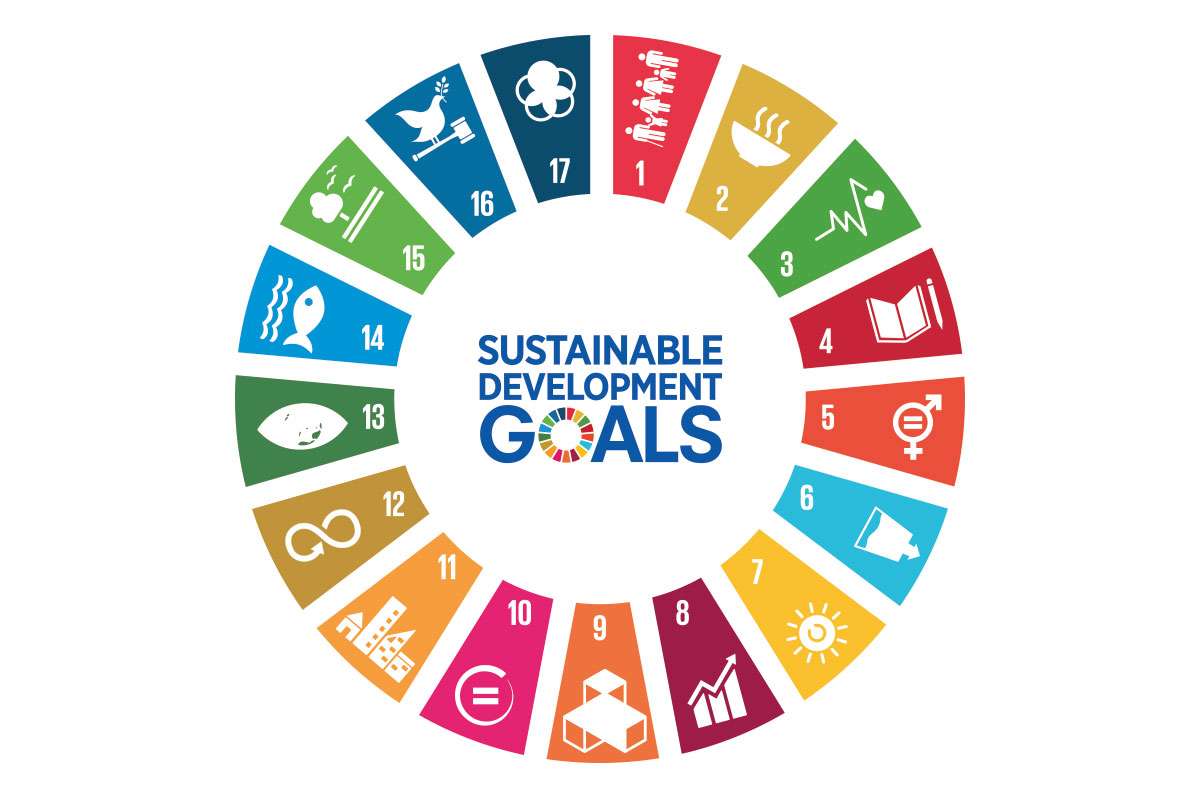Sustainably farmed and wild-caught seafood can play an important role in the drive to achieve the United Nations’ Sustainable Development Goals. The UN’s 17 Sustainable Development Goals (SDGs) aim to ensure global peace and prosperity, while protecting the planet. Launched in 2015 as part of the 2030 Agenda for Sustainable Development, they were duly adopted by all UN Member States as a pledge to work together for a better world, with a target to achieve the goals by 2030.
Covering a wide range of targets, the seafood industry is well placed to help achieve SDGs. And the most reputable seafood companies are emphasising how they are working towards the aims of the following four SDGs in particular.

SDG2 – Zero hunger
Seafood is a crucial contributor to global food security and nutrition. According to the FAO’s (Food and Agriculture Organization of the United Nations) latest statistics, fisheries and aquaculture produced 214 million tonnes of products in 2020. 89 percent of this was used in direct human consumption. For 3.3 billion people, aquatic foods provide at least 20 percent of the average per capita intake of animal protein. Meanwhile, in countries such as Cambodia, Sierra Leone, Bangladesh, Indonesia, Ghana and Mozambique they contribute at least half of their populations’ total animal protein intake.

Aquatic food production is forecast to increase by a further 15 percent by 2030 – largely due to increases in aquaculture output – and can provide a larger proportion of humanity’s nutritious food requirements. However, especially as the global population continues to grow, it is going to be increasingly important to ensure that stocks of aquatic species are well managed. FAO calculates that at least 16.5 million extra tonnes of seafood could be harvested annually were all stocks to be managed as sustainably as popular staples such as Alaskan pollock, skipjack tuna, Atlantic herring, and Atlantic cod – 67 percent of which were fished within biologically sustainable levels in 2019.
SDG8 – Decent work and economic growth
Nearly 60 million people work in primary seafood production around the world and, as one of the largest sources of livelihood on the planet, there is a need to ensure that these jobs are secure and sufficiently well paid to support seafood employees and their families.
A growing number of certification schemes for both fisheries and aquaculture include stipulations that companies must ensure decent working conditions across their whole supply chains. Labels such as those bearing the Marine Stewardship Council and the Aquaculture Stewardship Council logos can help guide consumers to socially-responsible seafood.
SDG14 – Life below water
Given that the sector relies on the health of the world’s oceans and fresh water resources, it is vital for any seafood growth targets to be achieved without sacrificing the health of aquatic ecosystems that support the sector.
As the FAO points out, restoring fisheries productivity requires the rehabilitation of habitats such as mangrove forests, seagrass meadows and reefs and effective management to rebuild fishery stocks and reduce adverse impacts of fishing on ecosystems. Meanwhile, in aquaculture, it is important to restore ecosystems while minimising pollution, the release of invasive alien species, waste and the emergence of diseases.
SDG12 – Responsible consumption and production
Due to the finite nature of seafood, combined with the growing global population, it is essential to ensure that all seafood is produced and consumed responsibly – with minimal waste and, where possible, that the principles of the circular economy are adopted.
One good example of this is the increased use of fisheries by-products as the fishmeal and oil that make up a significant proportion of the feeds used by the aquaculture industry. According to the FAO, in 2020 over 27 percent of the global production of fishmeal and 48 percent of the total production of fish oil were obtained from by-products.
Conclusion
The seafood sector is capable of contributing to the achievement of a range of SDGs but it must also be wary of the detrimental effect that the worst performing fishing fleets and aquaculture operators can have on the reputation and long-term viability of the sector.
As a result, it’s important to try to source your seafood from companies with third-party certification and traceability systems in place.











Comments